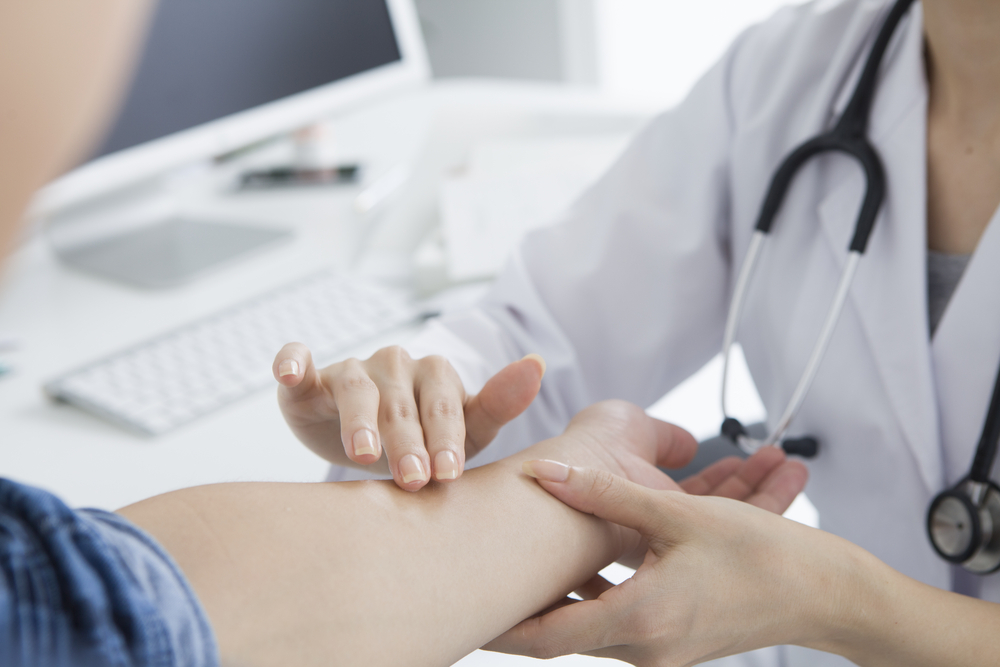Severe EB Requires Multidisciplinary Approach, Case Report Suggests
Written by |

The case report of a patient with severe epidermolysis bullosa underscores the importance of a multidisciplinary approach involving skin protection, care of the wounds, nutritional support, and medical intervention.
The study, “A case of a patient with severe epidermolysis bullosa surviving to adulthood,” was published in the International Journal of General Medicine.
Epidermolysis bullosa describes a group of rare genetic diseases caused by mutations in proteins present in the different layers of the skin. People with the condition have fragile skin that breaks easily, forming blisters. Further complications include infections and scarring of the lesions.
Currently, there is no cure, and treatment aims to reduce the symptoms by avoiding skin breaks and other complications. This involves a multidisciplinary approach including medical treatment, dietary supplements, and wound care.
Researchers at Russia’s First Moscow State Medical University reported the case of a 23-year-old man with severe epidermolysis bullosa discovered at an early age.
The patient first presented symptoms in his feet when he started to walk at 11 months. When he was 20 months old, he presented wounds in his hands.
Lesions became permanent by age 4. When the patient was 8, his torso and abdomen were also affected, and the scarring caused fusions of his fingers and toes.
The symptoms had worsened in the five years before the examination; he presented allergic reactions approximately every two months and treatment with antibiotics and antiallergenics had little effect.
The examination revealed that 70% of his skin was covered in blisters. He complained of difficulty swallowing, and it was later discovered that his esophagus also presented lesions.
The patient declined genetic analysis, but was diagnosed with dystrophic epidermolysis bullosa after a skin biopsy.
Further examination showed that he had increased inflammatory molecules and excessive skin inflammation. He also had deficient iron levels and anemia, as well as less collagen than average in the skin.
The patient was treated with rifampicin, an antibiotic, to avoid wound infection, Venofer, an iron supplement, to increase iron levels and treat anemia; and albumin to restore the skin’s pH and improve blood flow and regeneration.
He also received vitamin B12 and folic acid as nutritional supplements and antihistamine to control the side effects of the treatment.
The lesions were covered with nonadhesive silicone dressings and treated with collagen and antiseptics applied to the skin. The patient received laser therapy in the affected areas to improve cicatrization.
Following the treatment, the patient reported a reduction in pain and itching. The lesions of the trunk and lower extremities showed visual improvements. He still needs to take care of the injuries daily and follow up with his doctors regularly.
“Patients with [epidermolysis bullosa] need special ongoing care, frequent dressings, and a multidisciplinary approach. Lifelong follow-up is required,” investigators noted.
“The described case is of considerable clinical interest due to its rarity and severity,” researchers said. “The treatment of patients with EB presents great difficulties. Exact causes of EB remain unclear and, therefore, palliative therapy comprising a multidisciplinary approach involving dermatologist, nutritionist, and general physician is the only way to effectively approach a patient with EB.”





